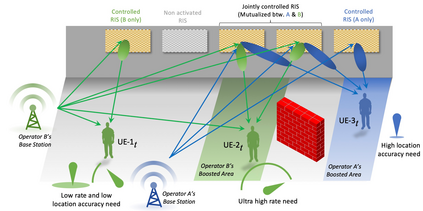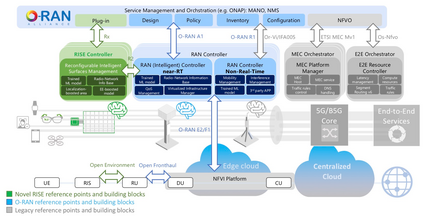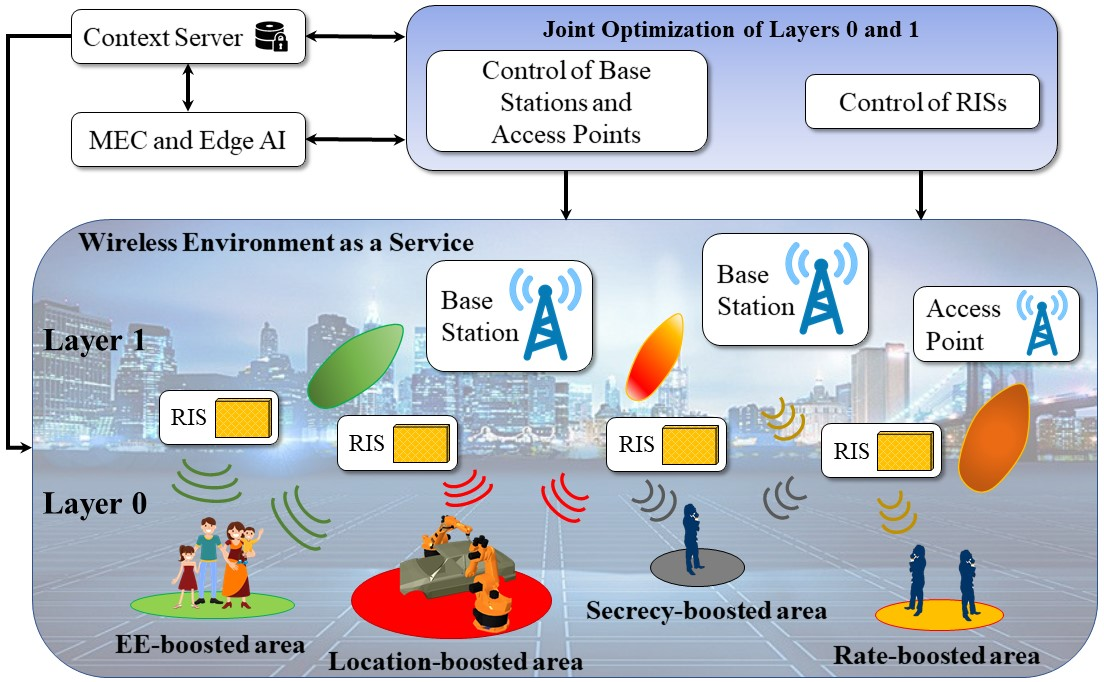Various visions on the forthcoming sixth Generation (6G) networks point towards flexible connect-and-compute technologies to support future innovative services and the corresponding use cases. 6G should be capable to accommodate ever-evolving and heterogeneous applications, future regulations, and diverse user-, service-, and location-based requirements. A key element towards building smart and energy sustainable wireless systems beyond 5G is the Reconfigurable Intelligent Surface (RIS), which offers programmable control and shaping of the wireless propagation environment. Capitalizing on this technology potential, in this article we introduce two new concepts: i) wireless environment as a service, which leverages a novel RIS-empowered networking paradigm to trade off diverse, and usually conflicting, connectivity objectives; and ii) performance-boosted areas enabled by RIS-based connectivity, representing competing service provisioning areas that are highly spatially and temporally focused. We discuss the key technological enablers and research challenges with the proposed networking paradigm, and highlight the potential profound role of RISs in the recent Open Radio Access Network (O-RAN) architecture.
翻译:关于即将到来的第六代(6G)网络的各种愿景都指向灵活的连接和计算技术,以支持未来的创新服务和相应的使用案例。 6G应该能够适应不断变化的和多样化的应用、未来的规章以及不同的用户、服务和基于地点的要求。在5G之后建设智能和能源可持续的无线系统的一个关键要素是可配置的智能和智能地面(RIS),它提供了可编程控制和无线传播环境的形成。利用这一技术潜力,我们在本篇文章中引入了两个新概念:一)无线环境作为一种服务,它利用创新的RIS-动力网络模式来交换多样化的、通常是相互冲突的连通性目标;二)由基于RIS的连通性所促成的绩效提升领域,它代表了高度空间和时间集中的相互竞争的服务提供领域。我们讨论了关键技术促进者和研究挑战与拟议的网络模式,并突出强调了RIS在近期开放电台接入网络架构中的潜在深刻作用。









